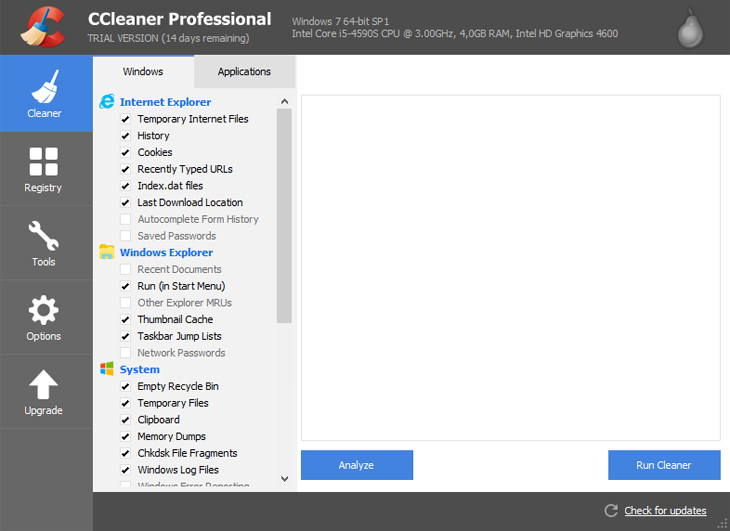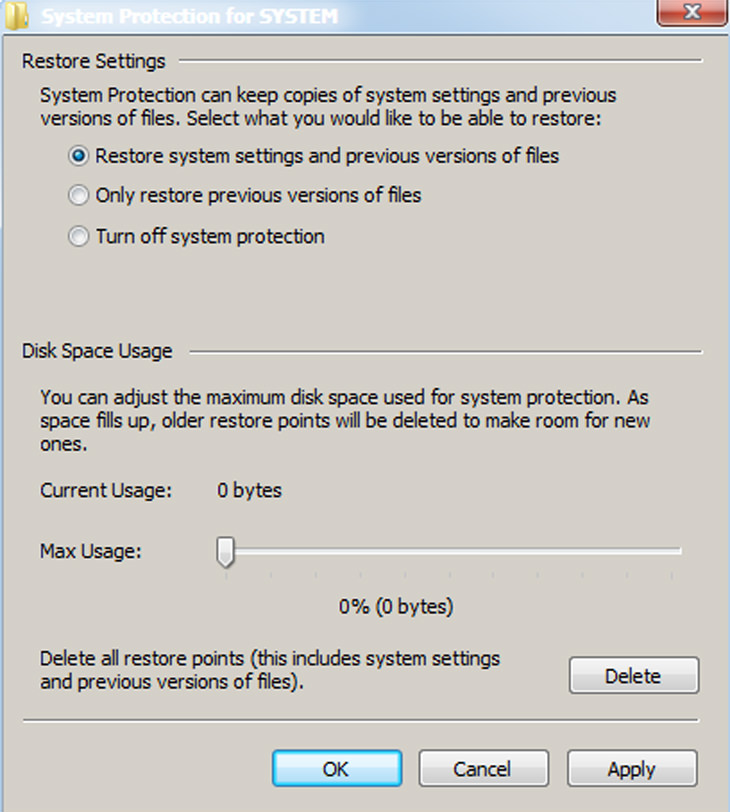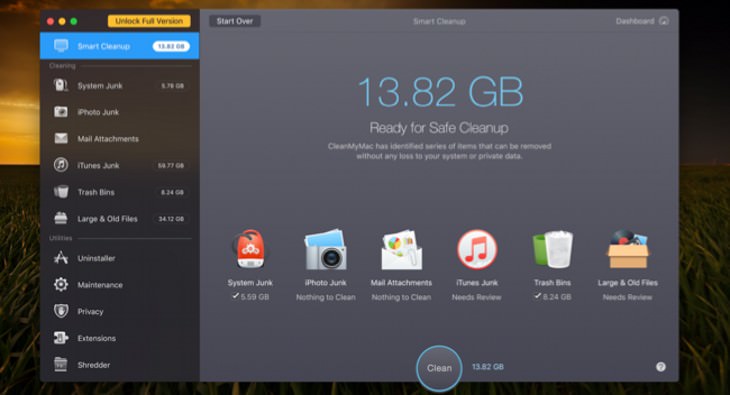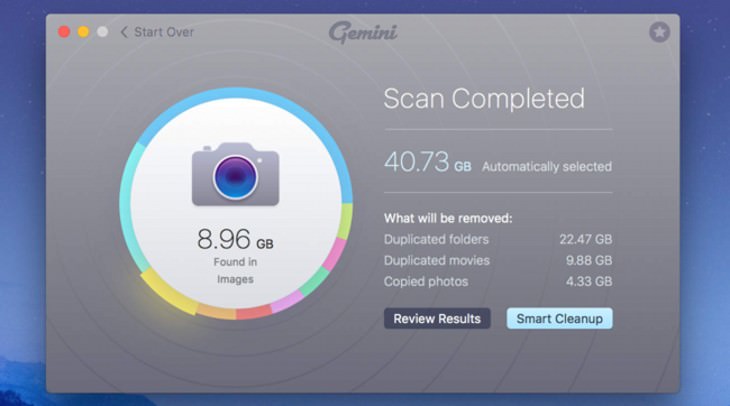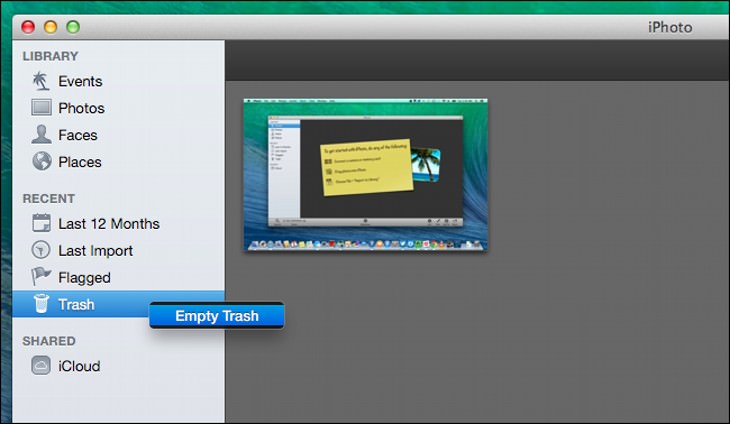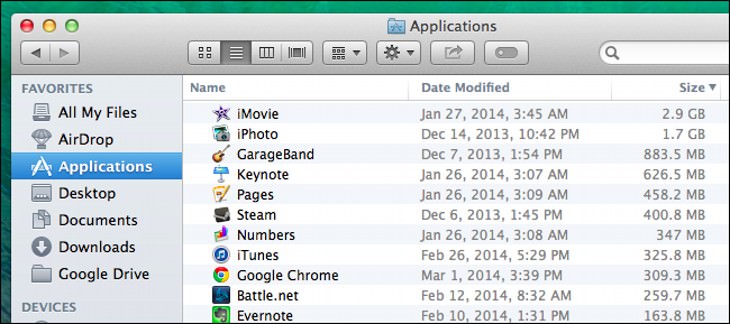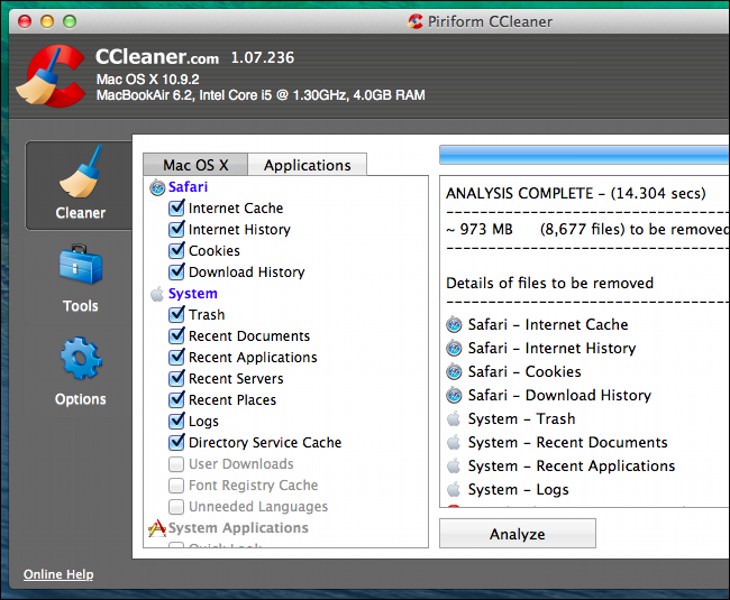
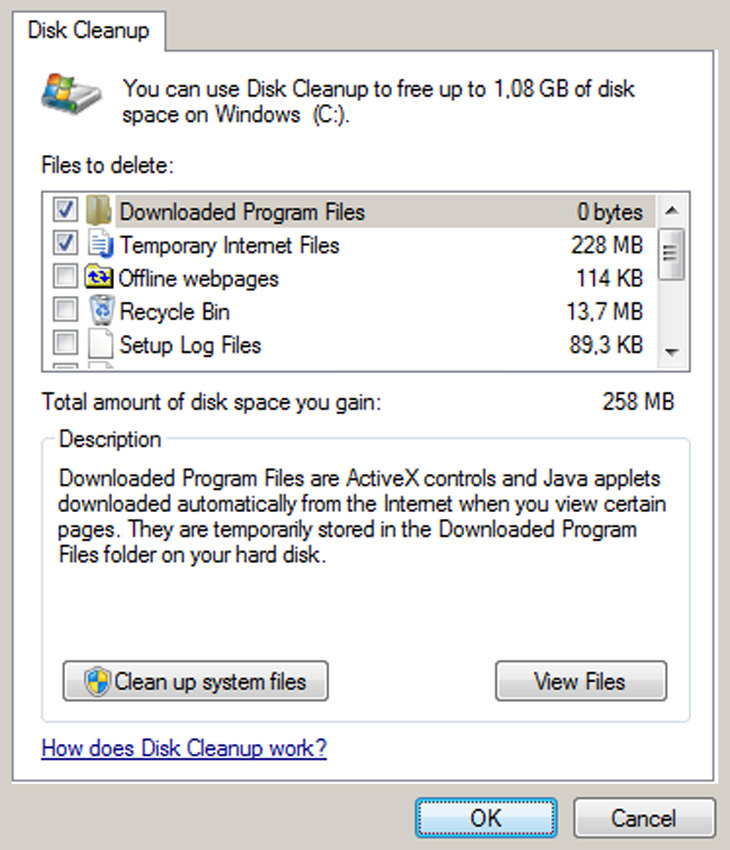
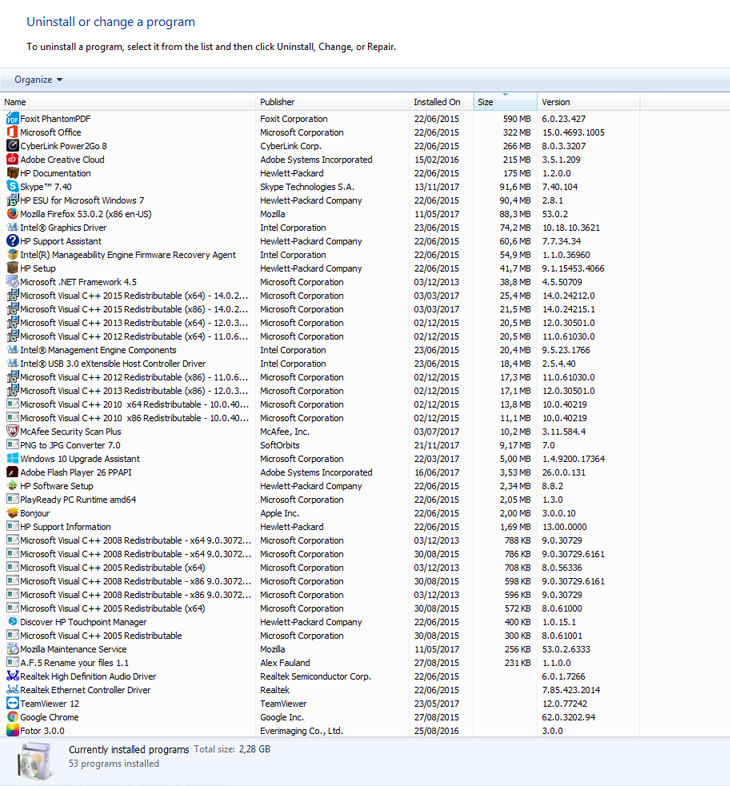
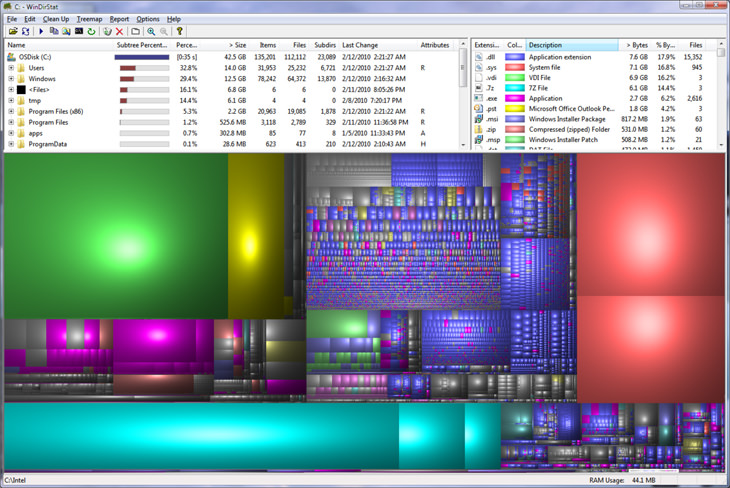
WinDirStat is an amazing tool for analyzing disk space. It shows you exactly which files and folders are using up the most disk space. You can use this tool to give you indications of what’s taking up a lot of disk space that you might not necessarily get from your computer’s Control Panel.
Handy Hint: You can uninstall any program that’s WinDirStat indicates to be located in your computer’s Program Files folder via the Uninstall or change a program tool outlined above.
